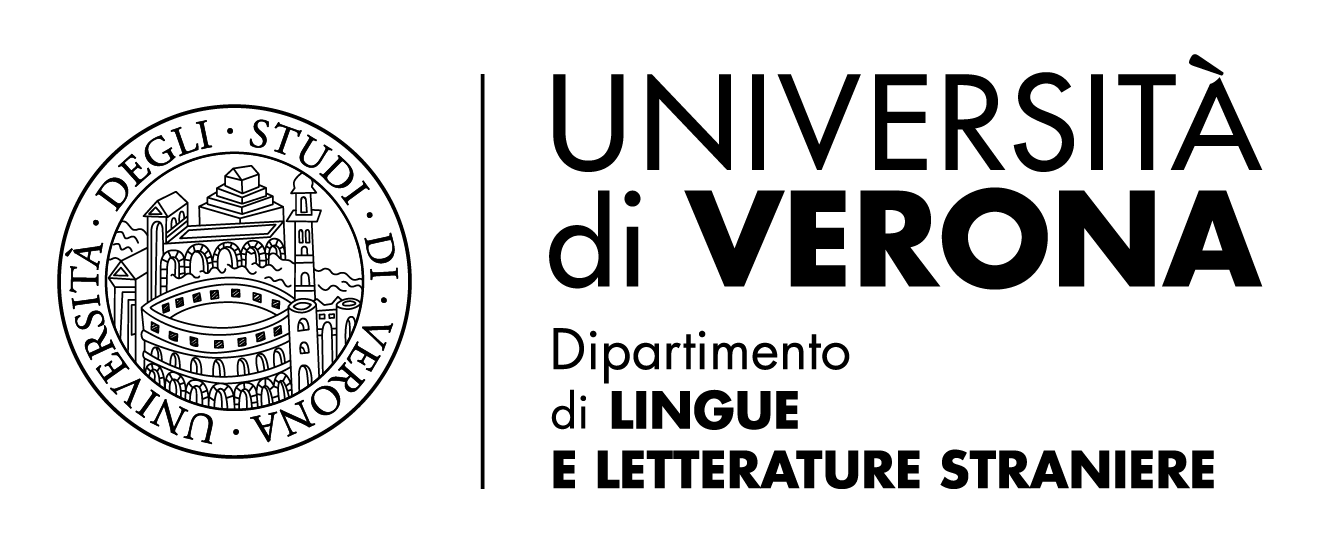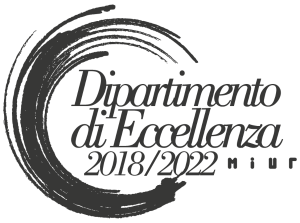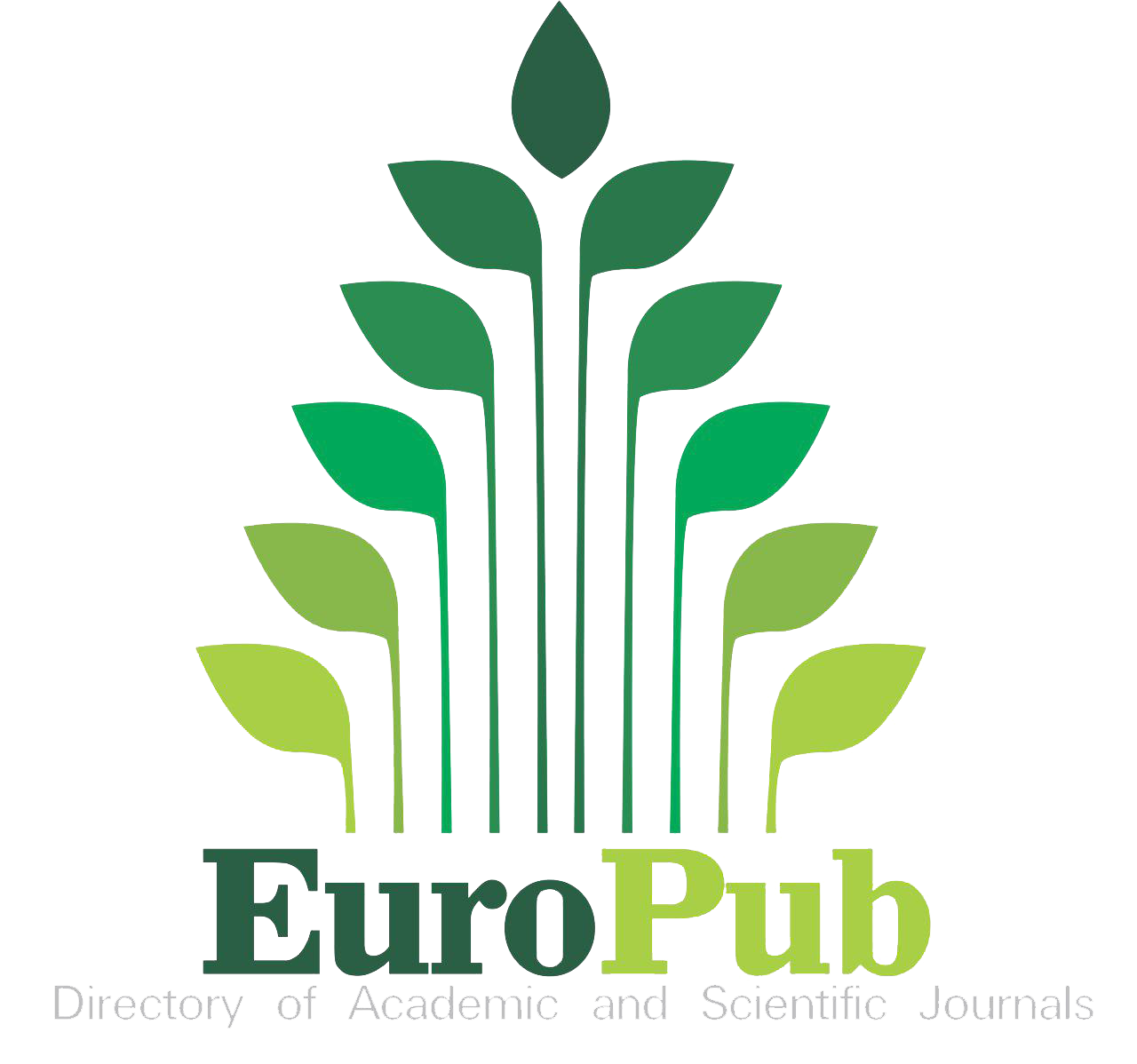By Way of Example
The Transparency of Exemplification in Reporting Genres
DOI:
https://doi.org/10.13136/2281-4582/2025.i25.1578Keywords:
Exemplifications, Transparency, Vagueness, CSR reportsAbstract
Transparency can be seen as providing access to more and better information, in ways that inevitably involve both informativity and accessibility, comprehension and comprehensiveness. It is difficult, however, to identify linguistic features that may be critical in the process, apart from generic appeals to avoiding ambiguity and vagueness. The present paper focuses on elements of accessibility and looks in particular at the use of exemplification. Keeping in mind work on strategies of recontextualization in popularising, exemplifications can be seen as a way of adjusting information to the readers’ knowledge and information needs by offering specific examples of general phenomena, clarifying general questions and adapting them to the audience. But how do exemplifications stand from the point of view of informativity and vagueness? The study is based on a corpus of Annual and Corporate Social Responsibility (CSR) reports in the rail sector. The corpus collects reports in English from different cultural backgrounds – including Native Englishes across continents and Non-native Englishes, whether English as a Lingua Franca or translation. The analysis of exemplification was conducted by identifying the various types of Vague Category Identifiers (VCIs) within the different forms of Exemplifying Markers, focusing particularly on the two main components of exemplifications: the General Element and the Exemplifying Element. This combined methodology allowed for a detailed examination of the dynamics between vagueness and exemplification, suggesting that exemplifications may increase accessibility but their informativity may vary and so can their contribution to transparency.
References
Aiezza, Maria Cristina. “‘We may face the risks’ . . . ‘risks that could adversely affect our face.’” A Corpus-assisted Discourse Analysis of Modality Markers in CSR Reports.” Studies in Communication Sciences 15.1 (2015): 68-76.
Ball, Carolyn. “What is Transparency?” Public Integrity 11.4 (2009): 293-308.
Bateman, John. Text and Image: A Critical Introduction to the Visual/Verbal Divide. London: Routledge, 2014.
Bhatia, Vijay K. Worlds of Written Discourse: A Genre-Based View. London: Continuum, 2004.
Breeze, Ruth 2012. “Legitimation in Corporate Discourse: Oil Corporations after Deepwater Horizon.” Discourse & Society 23.1 (2012): 3-18.
Bondi, Marina. “CSR Reports in English and Italian: Focus on Generic Structure and Importance Markers.” Language for Specific Purposes: Research and Translation across Cultures and Media. Edited by Giuliana Garzone, Dermot Heaney and Giorgia Riboni. Newcastle-upon-Tyne: Cambridge Scholars Publishing, 2016a. 168-199.
---. “The Future in Reports: Prediction Commitment and Legitimization in Corporate Social Responsibility (CSR).” Pragmatics and Society 7.1 (2016b): 57-81.
Bondi, Marina and Annalisa Sezzi. “Looking ahead: the different roles of forward-looking statements with will in transport industry reporting genres.” ESP across Cultures 21 (2024): 13-30.
Bondi, Marina and Danni Yu. “The Generic Structure of CSR Reports: Dynamicity, Multimodality, Complexity and Recursivity.” Discourse Communication and the Enterprise: When Business Meets Language. Edited by Walter Giordano and Giuliana Garzone. Newcastle-upon-Tyne: Cambridge Scholars Publishing, 2018. 176-205.
Bondi, Marina and Jessica J. Nocella. “The Use of Code Glosses in MA Dissertations in English and in Italian: A Pilot Study in an EMI Context.” International Journal of English for Academic Purposes 4.1 (2024): 73-92.
Calsamiglia, Helena and Teun A. van Dijk. “Popularization Discourse and Knowledge about the Genome.” Discourse & Society 15.4 (2004): 369-389.
Catenaccio, Paola. “Green Advertising and Corporate CSR Communication: Hybrid Discourses, Mutant Genres.” Genre(s) on the Move: Hybridization and Discourse Change in Specialized Communication. Edited by Srikant Kumar Sarangi, Vanda Polese and Giuditta Caliendo. Napoli: ESI, 2011. 353-372.
---. “Representations of Corporate Philanthropy. A Linguistic Approach.” Discourse, Identities and Genres in Corporate Communication. Edited by Paola Evangelisti Allori and Giuliana Garzone. Bern: Peter Lang, 2010. 121-142.
---. Understanding CSR Discourse: Insights from Linguistics and Discourse Analysis. Milan: Arcipelago, 2012.
Channell, Joanna. Vague language. Oxford: Oxford University Press, 1994.
Cheng, Winnie and Martin Warren. “Indirectness, Inexplicitness and Vagueness Made Clearer.” Pragmatics 13 (2003): 381-400.
Clark, Nichola A., Ardron, Jeff A. and Linwood H. Pendleton. “Evaluating the Basic Elements of Transparency of Regional Fisheries Management Organizations.” Marine Policy 57 (2015): 158-166.
Crawford Camiciottoli, Belinda. “Using English as a Lingua Franca to Engage with Investors: An Analysis of Italian and Japanese Companies’ Investor Relations Communication Policies.” English for Specific Purposes 58 (2020): 90-101.
Cutting, Joan. “Introduction.” Vague Language Explored. Edited by Joan Cutting. Basingstoke: Palgrave Macmillan, 2007. 3-20.
Fuoli, Matteo. “Assessing Social Responsibility: A Quantitative Analysis of Appraisal in BP’s and IKEA’s Social Report.” Discourse and Communication 6.1 (2012): 55-81.
---. “Building a Trustworthy Corporate Identity: A Corpus-Based Analysis of Stance in Annual and Corporate Social Responsibility Reports.” Applied Linguistics 39.6 (2018): 846-885.
Garzone, Giuliana. Perspectives on ESP and Popularization. Milano: CUEM, 2006.
Gotti, Maurizio. “Reformulation and Recontextualization in Popularization Discourse.” Ibérica 27 (2014): 15-34.
Guziurová, Tereza. “Glossing an Argument: Reformulation and Exemplification in L2 Master’s Theses.” Topics in Linguistics 23.2 (2022): 18-35.
Hinkel, Eli. “Giving Examples and Telling Stories in Academic Essays.” Issues in Applied Linguistics 12 (2001): 149-170.
Hyland, Ken. “Stance and Engagement: A Model of Interaction in Academic Discourse.” Discourse Studies 7 (2005):173-192.
Hyland, Ken. “Applying a Gloss: Exemplifying and Reformulating in Academic Discourse.” Applied Linguistics 28.2 (2007): 266-285.
--- “Genre and Academic Writing in the Discipline.” Language Teaching 41.4 (2008): 543-562.
Jin, Bixi. “A Corpus-Assisted Study of Vague Language in Corporate Responsibility Reports of the Cosmetics Industry.” Ibérica 43 (2022): 77-102.
Koskela, Merja and Belinda Crawford Camiciottoli. “Different Paths from Transparency to Trust?: A Comparative Analysis of Finnish and Italian Listed Companies’ Investor Relations Communication Practices.” Studies in Communication Sciences 20.1 (2020): 59-76.
Krämer, Benjamin and Christina Peter. “Exemplification Effects: A Meta-Analysis.” Human Communication Research 46.2-3 (2020): 192-221.
Lin, Yuting. “Legitimation Strategies in Corporate Discourse: A Comparison of UK and Chinese Corporate Social Responsibility Reports.” Journal of Pragmatics 177 (2021): 157-169.
Liu, Xiqin. “Multimodal Exemplification: The Expansion of Meaning in Electronic Dictionaries.” Lexikos 27.1 (2017): 287-309.
Lischinsky, Alon. “In Times of Crisis: A Corpus Approach to the Construction of the Global Financial Crisis in Annual Reports.” Critical Discourse Studies 8 (2011): 153-168.
Malavasi, Donatella. “‘Doing well by doing good’: A Comparative Analysis of Nokia’s and Ericsson’s Corporate Social Responsibility Reports.” Discourse, Communication and the Enterprise: Genres and Trends. Edited by Giuliana Garzone and Maurizio Gotti. Bern: Peter Lang, 2011. 193-212.
---. “Multimodal Strategies of Knowledge Communication in Corporate Social Responsibility Reports and Sustainability Webpages: A Comparative Analysis.” Discourse Communication and the Enterprise: When Business Meets Language. Edited by Walter Giordano and Giuliana Garzone. Newcastle-upon-Tyne: Cambridge Scholars Publishing, 2018. 230-248.
---. Promotion in Banks’ Annual Reports: An Integrated Analysis of Genre, Evaluative Lexis and Institutional Identity. Modena: Il Fiorino, 2007.
---. “The Necessary Balance Between Sustainability and Economic Success: An Analysis of Fiat’s and Toyota’s Corporate Social Responsibility Reports.” The Language Factor in International Business: New Perspectives on Research, Teaching and Practice. Edited by Priscilla Heynderickx, et al. Bern: Peter Lang, 2012. 247-264.
Nistor, Cristina S., et al. “Approaching Public Sector Transparency through an Integrated Reporting Benchmark.” Journal of Financial Reporting and Accounting 17.2 (2019): 249-270.
O’ Donnell, Michael. “Demonstration of the UAM CorpusTool for Text and Image Annotation.” Proceedings of the 46th Annual Meeting of the Association for Computational Linguistics on Human Language Technologies: Demo Session 13–16, 2008. https://dl.acm.org/citation.cfm?doid=1564144.1564148
Oliveira, Alandeom W. and Adam Oliver Brown. “Exemplification in Science Instruction: Teaching and Learning through Examples.” Journal of Research in Science Teaching 53 (2016): 737-767.
Overstreet, Maryanne. “Vagueness and Hedging.” Pragmatics of Society. Edited by Gisle Andersen and Karin Aijmer. Berlin: Walter de Gyuyter, 2011. 293-317.
Paquot, Magali. “Exemplification in Learner Writing: A Cross-Linguistic Perspective.” Phraseology in Foreign Language Learning and Teaching. Edited by Fanny Meunier and Sylviane Granger. Amsterdam: John Benjamins, 2008. 101-119.
Rawlins, Brad. “Give the Emperor A Mirror: Towards Developing a Stakeholder Measurement of Organizational Transparency.” Journal of Public Relations 21.1 (2009): 71-99.
Rodríguez-Abruñeiras, Paula. “Exemplification Then and Now: A Historical Overview of English Exemplifying Markers.” Miscelánea: A Journal of English and American Studies 55 (2017): 87-107.
---. “Exemplifying Constructions with for example and for instance as Markers: A Historical Account.” Corpus Linguistics and Variation in English: Theory and Description. Edited by Joybrato Mukherjee and Magnus Huber. Amsterdam: Rodopi, 2012. 155-163.
---. “The History of for example and for instance as Markers of Exemplification, Selection, and Argumentation (1600-1999).” Atlantis 43.1 (2021): 133-153.
Schnackenberg, Andrew K. and Edward C. Tomlinson. “Organizational Transparency: A New Perspective on Managing Trust in Organization-Stakeholder Relationships.” Journal of Management 42.7 (2016): 1784-1810.
Schnackenberg, Andrew K., Edward C. Tomlinson and Corinne A. Coen. “The Dimensional Structure of Transparency: A Construct Validation of Transparency as Disclosure, Clarity, and Accuracy in Organizations.” Human Relations 74.10 (2021): 1628-1660.
Skulstad, Aud. “Creating a ‘Green’ Image in the Public Sphere: Corporate Environmental Reports in a Genre Perspective.” Handbook of Communication in the Public Sphere. Edited by Ruth Wodak and Veronika Koller. Berlin: De Gruyter Mouton, 2008. 181-201.
Su, Hang and Lei Zhang. “Local Grammars and Discourse Acts in Academic Writing: A Case Study of Exemplification in Linguistics Research Articles.” Journal of English for Academic Purposes 43 (2020): 1-11.
Su, Hang, Yuqing Zhang and Meng H. Chau. “Exemplification in Chinese English-major MA Students’ and Expert Writers’ Academic Writing: A Local Grammar-Based Investigation.” Journal of English for Academic Purposes 58 (2022): 101120.
Su, Hang, Yuqing Zhang and Xiaofei Lu. “Applying Local Grammars to the Diachronic Investigation of Discourse Acts in Academic Writing: The Case of Exemplification in Linguistics Research Articles.” English for Specific Purposes 63 (2021): 120-133.
Whitehouse, Marlies and Perrin Daniel. “Comprehensibility and Comprehensiveness of Financial Analysts’ Reports.” Studies in Communication Sciences 15.1 (2015): 111-119.
Xu, Hai. “Exemplification Policy in English Learners’ Dictionaries.” International Journal of Lexicography 21.4 (2008): 395-417.
Yang, Yuanyuan and Ibrahim Noor Mala. “A Corpus-Based Comparative Study of Exemplification in Hard and Soft Sciences Research Articles: A Case of Chinese and English Authors.” GEMA Online Journal of Language Studies. 23.4 (2023): 184-206.
Yu, Danni and Marina Bondi. “The Generic Structure of CSR Reports in Italian, Chinese, and English: A Corpus-Based Analysis.” IEEE Transactions on Professional Communication (2017): 1-19.
Zillmann, Dolf and Hans-Bernd Brosius. Exemplification in Communication: The Influence of Case Reports on the Perception of Issues. New York: Routledge, 2012.
Downloads
Published
Issue
Section
License
Copyright (c) 2025 Marina Bondi, Annalisa Sezzi

This work is licensed under a Creative Commons Attribution 4.0 International License.
Iperstoria is an Open Access journal.
- Authors retain copyright and grant the journal right of first publication with the work simultaneously licensed under a Creative Commons Attribution 4.0 BY License that allows others to share the work with an acknowledgement of the work's authorship and initial publication in this journal.
- Authors are able to enter into separate, additional contractual arrangements for the non-exclusive distribution of the journal's published version of their work (e.g., post it to an institutional repository or publish it in a book), with an acknowledgement of its initial publication in this journal. We kindly ask authors to inform us of any instances of re-publication.







